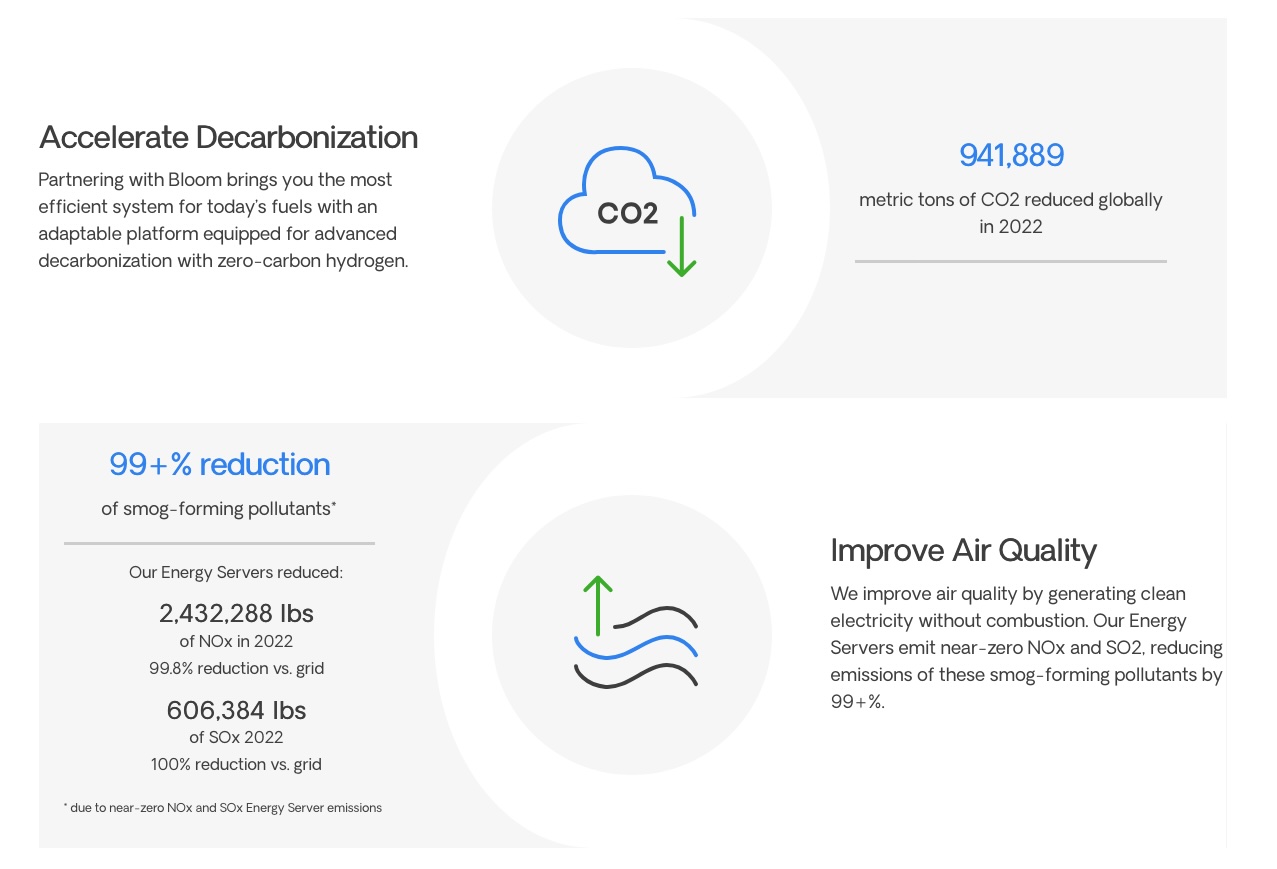Welcome to the wild world of pedalboards, where your guitar tones are limited only by your imagination (and your wallet). Crafting your debut pedalboard can be a daunting task, like trying to solve a Rubik’s cube while playing a 12-bar blues solo. But fear not, dear reader, for we are here to guide you through the maze of stompboxes, cables, and power supplies with all the finesse of a guitar god shredding a face-melting solo. So grab your soldering iron and your sense of humor, because we’re about to embark on a journey to create the ultimate sonic masterpiece. Core Components of a Pedalboard”>
Core Components of a Pedalboard”>
Contents
- 1 Understanding the Core Components of a Pedalboard
- 2 Selecting Your First Distortion or Overdrive Pedal
- 3 Integrating Time-Based Effects: Delays and Reverbs
- 4 Exploring Modulation Pedals: Chorus, Phaser, and Flanger
- 5 The Importance of a Reliable Power Supply
- 6 Organizing Your Pedalboard for Optimal Signal Flow
- 7 Invest in Velcro Strips
- 8 Arrange Pedals Strategically
- 9 Use Patch Cables Wisely
- 10 Preserving Your Tone: True Bypass vs. Buffered Pedals
- 11 FAQs
- 12 Get Ready to Rock
Understanding the Core Components of a Pedalboard
So, you finally decided to dip your toes into the world of pedalboards, huh? Well, get ready for a wild ride because the core components of a pedalboard are like the ingredients in a complicated recipe – one wrong move and you could end up with a musical disaster!
First up, we have the power supply. This little guy is the unsung hero of your pedalboard, providing the juice necessary to keep all your pedals running smoothly. Think of it as the caffeine kick that your pedals need to stay awake and alert during those long jam sessions.
Next, we have the patch cables. These colorful, twisty creatures are the glue that holds your pedalboard together, connecting each pedal in a delicate dance of audio signals. Without these trusty cables, your pedals would be like a pack of wolves running in different directions – chaos!
And let’s not forget about the pedals themselves. Each pedal is like a different spice in your musical stew, adding unique flavors and textures to your sound. From distortion to delay, each pedal brings its own special sauce to the mix, creating a sonic feast for your ears.
 Distortion or Overdrive Pedal”>
Distortion or Overdrive Pedal”>
Selecting Your First Distortion or Overdrive Pedal
So, you’ve decided to take the plunge into the world of guitar effects pedals and you are staring at a vast array of distortion and overdrive pedals. Now what? Fear not, dear friend, for I am here to guide you through the treacherous waters of pedal selection.
First things first, consider what type of sound you are going for. Are you looking for a creamy overdrive to add a touch of warmth to your tone, or are you in the market for a face-melting distortion that will have your neighbors calling the cops? Knowing the sound you want will help narrow down your choices.
Next, consider your budget. You know what they say, mo’ money, mo’ pedals! But seriously, don’t break the bank on your first pedal. There are plenty of affordable options out there that will still give you that sweet, sweet crunch.
Lastly, don’t be afraid to try before you buy. Head to your local music store and test out a few pedals to see which one speaks to your soul. Remember, the right pedal will make you feel like a rock god, while the wrong one will just make you sound like a hot mess.
Integrating Time-Based Effects: Delays and Reverbs
Imagine a world without delays and reverbs… sounds like a nightmare, right? Integrating these time-based effects into your music is like adding a magical touch that elevates your sound to a whole new level.
Delays are like the fairy godmothers of the music world – they give your sound a dreamy, ethereal quality that transports listeners to another dimension. Whether you want a subtle, soft echo or a trippy, psychedelic effect, delays are your go-to tool for creating sonic landscapes that will blow people’s minds.
And don’t even get me started on reverbs. They’re like the secret sauce that adds depth and richness to your music, making it feel alive and vibrant. With the right amount of reverb, you can make your vocals sound like they’re singing in a cathedral or turn a simple guitar riff into an epic, soaring masterpiece.
So, next time you’re working on a track, don’t forget to sprinkle some delays and reverbs into the mix. Your music will thank you, and your fans will wonder how you managed to make it sound so damn good.

Exploring Modulation Pedals: Chorus, Phaser, and Flanger
So you’ve decided to embark on a journey through the wonderful world of modulation pedals. Buckle up, because things are about to get wavy!
First up, we have the trusty chorus pedal. This bad boy adds a dreamy, shimmery quality to your tone that will have you feeling like you’re serenading a unicorn in a mystical forest. **Pro tip:** crank up the intensity for maximum celestial vibes.
Next on the roster is the phaser pedal. Picture this: you’re surfing through a cosmic wormhole on a spaceship made of rainbows. That’s the kind of far-out sound this pedal can help you achieve. **Fun fact:** Jimi Hendrix was a big fan of the phaser—need we say more?
And last, but certainly not least, we have the flanger pedal. This baby takes your tone on a rollercoaster ride through time and space, leaving your audience wondering if they accidentally stumbled into a parallel universe where everything sounds cooler. **Warning:** side effects may include uncontrollable foot-tapping and spontaneous air guitar solos.

The Importance of a Reliable Power Supply
Picture this: you’re in the middle of an intense online gaming session, completely immersed in the virtual world, when suddenly, the power goes out. Your screen goes black, your computer shuts down, and all of your progress is lost. It’s a gamer’s worst nightmare!
But it’s not just gamers who need a reliable power supply. Imagine being in the middle of a crucial video conference call with your boss when the power suddenly cuts out. You’re left scrambling to find a way to reconnect, all while trying to come up with a plausible excuse for your sudden disappearance.
Having a reliable power supply is essential for a smooth and uninterrupted workflow, whether you’re working, gaming, or just watching your favorite show on Netflix. It ensures that you can stay connected and productive, without any unexpected interruptions.
So, the next time you find yourself basking in the glow of your computer screen, take a moment to appreciate . It may not be the most exciting aspect of technology, but it sure is essential!
Organizing Your Pedalboard for Optimal Signal Flow
Invest in Velcro Strips
Forget about relationships – your true commitment lies in securing your pedals with Velcro strips. These strips will keep your pedals snug and secure on your pedalboard, preventing any accidental bailing mid-jam session. Plus, peeling off the Velcro is a great stress reliever for those days when you accidentally step on your pedal’s favorite knob.
Arrange Pedals Strategically
Like a general leading their troops into battle, you must strategically place your pedals on the pedalboard for optimal signal flow. Start by placing your tuner pedal first, followed by your filters, distortions, modulations, and finally, your time-based effects. Make sure your pedals are within reach so you can activate them with the flick of your foot – no need to do the hokey pokey to turn on that delay pedal.
Use Patch Cables Wisely
Invest in high-quality patch cables to avoid signal loss and keep your pedalboard looking sleek and professional. No one wants to see a tangled mess of cables on your pedalboard – save that for your bedroom floor. Keep your signal flow strong by using shorter cables between pedals and longer ones when necessary. And remember, it’s not about the size of your cables, but how you use them.
Preserving Your Tone: True Bypass vs. Buffered Pedals
Let’s dive into the ultimate battle of the pedals – true bypass vs. buffered! These two types of pedals have been causing endless debates among guitarists on how to preserve that precious tone. But fear not, we’re here to break it down for you in the most entertaining way possible.
True bypass pedals are like the ninjas of the pedal world - they sneak in and out of your signal chain without leaving a trace. But beware, they can also suck the life out of your tone if you’re not careful. On the other hand, buffered pedals are like the bodyguards of your signal chain – they protect your tone from any unwanted noise or signal loss. Think of them as the loyal sidekick to your true bypass pedals.
So, what’s the verdict? Well, it really depends on your setup and personal preference. Some guitarists swear by true bypass pedals for that pure, unaltered signal. Others prefer the reliability and consistency of buffered pedals. Ultimately, it’s about finding the right balance and experimenting with different combinations to achieve your desired sound.
Whether you’re Team True Bypass or Team Buffered, just remember that at the end of the day, it’s all about having fun and making music. So go ahead, indulge in some pedal madness and find your own unique tone. Who knows, you might just stumble upon the perfect combination that takes your sound to a whole new level!
FAQs
Why is it important to start with a small pedalboard?
Well, my friend, would you start a 10-course meal without trying the appetizers first? Think of a small pedalboard as your appetizer course – you don’t want to overwhelm your taste buds with too much all at once. Start small and build your way up to that full pedalboard feast!
How do I decide which pedals to include on my debut pedalboard?
Ah, the age-old question! When choosing your pedals, think about what tones you absolutely cannot live without. Do you need a crunchy overdrive for those gritty solos? Or maybe a dreamy reverb for those ambient moments? Make sure each pedal has a purpose on your board – no pedal left behind!
Should I invest in expensive pedals for my first pedalboard?
Do you need to buy a Ferrari for your first driving lesson? Probably not. While fancy, boutique pedals are tempting, it’s totally okay to start with more budget-friendly options. You can always upgrade later once you’ve mastered the art of pedalboard crafting!
How can I organize my pedals on my debut pedalboard?
Ah, the age-old battle of organization! When arranging your pedals, think about your signal chain - it’s like creating a musical highway for your guitar’s signal. Start with your tuner, move to your dynamics (like compressors), then onto your modulation (phasers, choruses), and finally cap it off with your time-based effects (delays, reverbs). Just remember, there’s no right or wrong way to set up your pedalboard – it’s all about what works best for you!
Get Ready to Rock
So there you have it – the essential guide to crafting your debut pedalboard. With these tips and tricks, you’ll be well on your way to creating a killer setup that will have you shredding like a pro in no time. Now go forth, my friends, and rock on! And remember, the only thing better than a well-crafted pedalboard is a well-played guitar. So keep practicing, keep experimenting, and keep on rocking!



